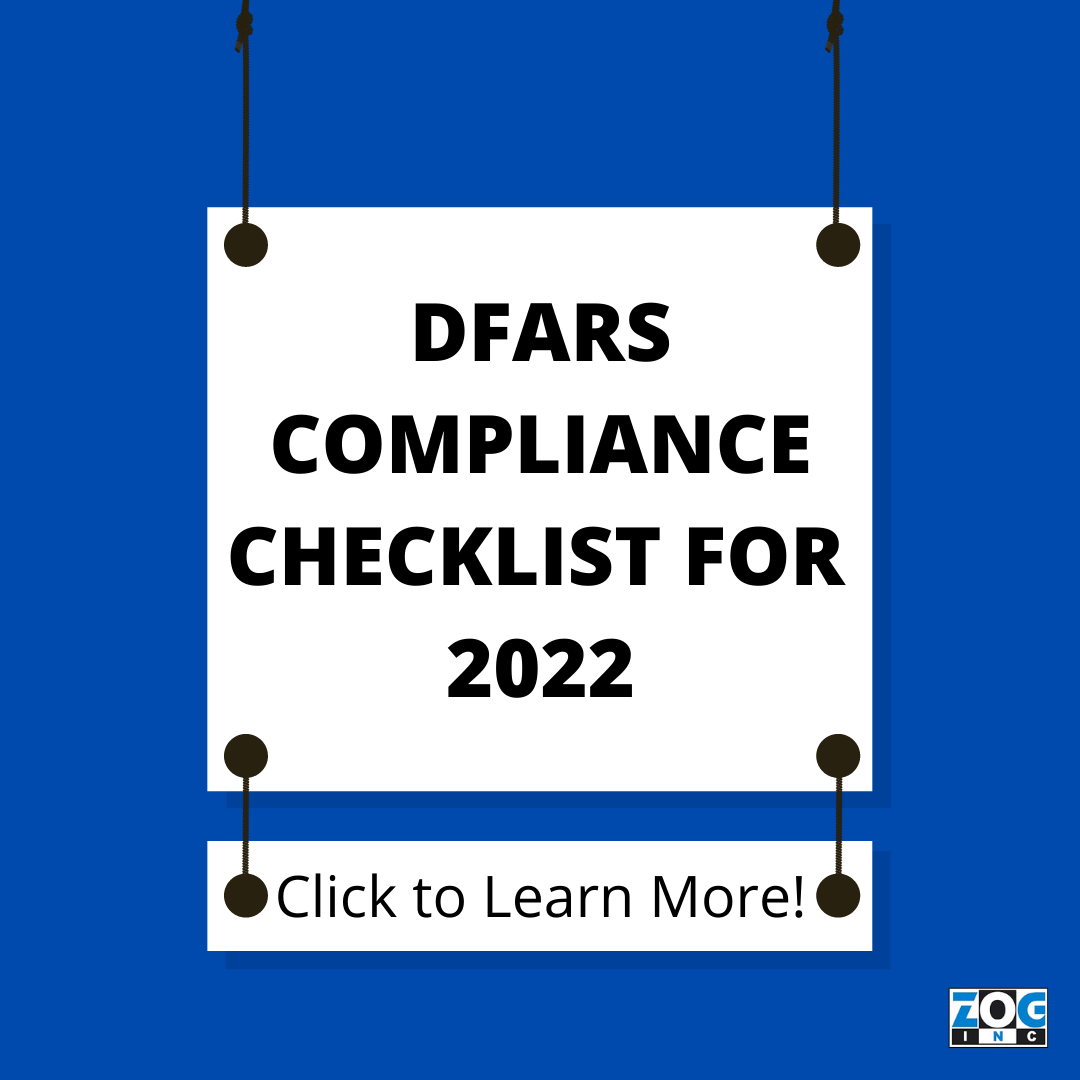Subscribe to the Zog Blog to get news Delivered straight to Your box!
Newsletter Signup
Recent Posts
Archives
Archives
- November 2025 (1)
- September 2025 (1)
- May 2025 (1)
- March 2025 (1)
- November 2024 (1)
- October 2024 (1)
- August 2024 (1)
- July 2024 (1)
- June 2024 (1)
- May 2024 (1)
- December 2023 (2)
- November 2023 (1)
- August 2023 (1)
- June 2023 (1)
- May 2023 (1)
- April 2023 (1)
- December 2022 (4)
- November 2022 (3)
- October 2022 (2)
- September 2022 (2)
- August 2022 (3)
- July 2022 (2)
- May 2022 (3)
- April 2022 (2)
- March 2020 (1)
- November 2019 (1)
- October 2019 (2)
- September 2019 (3)
- August 2019 (2)
- July 2019 (5)
- June 2019 (3)
- May 2019 (2)
- April 2019 (1)
- March 2019 (2)
- August 2018 (2)
- July 2018 (1)
- June 2018 (1)
- May 2018 (4)
- April 2018 (5)
- March 2018 (2)
- February 2018 (3)
- January 2018 (3)
- December 2017 (3)
- November 2017 (2)
- October 2017 (3)
- September 2017 (4)
- August 2017 (2)
- July 2017 (4)
- June 2017 (4)
- May 2017 (5)
- April 2017 (4)
- March 2017 (3)
- February 2017 (4)
- January 2017 (5)
- December 2016 (4)
- November 2016 (5)
- October 2016 (4)
- September 2016 (3)
- August 2016 (4)
- July 2016 (1)

DFARS Compliance Checklist for 2022: A Contractor’s Complete Guide
Companies and contractors working for the United States Department of Defense (DoD) must stay in compliance with certain cybersecurity protocols stated in Defense Federal Acquisition Regulation Supplement (DFARS).
The DFARS standards ensure that the information stored in the contractor’s database has adequate safeguards and protection against hacking and other cyber-attacks. The DFARS compliance follows the protocol listed under NIST SP 800-171 by the National Institute of Standards and Technology to protect Controlled Unclassified Information (CUI).
Why the Need for a DFARS Compliance Checklist?
All contractors working for the Department of Defense must meet certain benchmarks for cybersecurity. While smaller companies may struggle to fulfill all requirements, failure to do so comes with consequences. The DoD may fine you with penalties, suspend your contract, or ban you permanently from ever working with the Department or other federal authorities in the future.
3 DFARS Compliance Checklists for 2022
If you are a contractor wishing to work with the DoD, here are three DFARS compliance checklists for 2022 that you must fulfill.
DFARS Compliance Checklist #1 – Self Assessment
As a contractor, you can use the below-mentioned self-assessment checklist to assess if your existing information system and its security mechanisms comply with DFARS standards. The checklist contains guidelines based on NIST Cybersecurity Self-Assessment Handbook.
Accessing Permissions and Authorizations
You must assess the permission to your system resources. This means identifying all users who have access to your information system. You must also identify the type of system resources each user has the authorization to use.
Information Security Training and Awareness
Do you do enough to raise awareness among your managers and users to protect the system? You must train your employees to learn how their inadequate or wrong actions can jeopardize your information system’s security. Therefore, train them to use the right practices.
Audits of Activities and Records
It would be best if you documented all activities and operational procedures. You must also arrange independent audits and reviews of your records and activities to establish if your system is compliant with NIST SP 800-171. This audit report must also include any incidents of suspicious or unlawful activity such as hacking attempts etc.
The DoD can ask you to submit an audit report at any point in time to assess your compliance status. This is a common practice, and you will get no prior notification about the request. So be prepared at all times.
Other Matters
There are other pertinent matters that will help you self-assess your compliance, such as:
- Maintenance of your information systems
- Standard operating procedures assessment in case of security incidents, including malware, virus attack, corrupted files, etc.
- Risk assessment

DFARS Compliance Checklist #2 – Risk Assessment
You can ensure that your information system fulfills the compliance checklist in two ways. First, you can run an in-house audit and assign a task to a cybersecurity expert employee. The other way is to outsource this task to a professionally qualified consultant specializing in DFARS compliance.
DFARS compliance assessment entails if your cybersecurity meets necessary benchmarks. This is important in order to maintain your contract with the DoD without wasting any time or taking any risks.
Risk assessment also involves the assessment of workplace safety. This is another mandatory compliance requirement by the Department of Defense for all contractors. You can use the below-mentioned checklist to run a risk assessment on:
- Assessing and managing risks at your workplace
- Determining the chances of an incident or hazard happening at the workplace
- Implementation of adequate measures to eliminate or reduce the risk of hazards
To ensure proper risk assessment, this is what you have to do.
Identifying Vulnerable Demographics
As a responsible employer, you must identify employees and groups that are vulnerable to risks within your company. These may include clerks with access to your information system, a database programmer, software engineer, or even someone in senior management.
Gauging Existing Security Protocols
Check for any gaps in your existing information system security measures. The next step is to rectify the issues and improve your security system to meet the DFARS compliance checklist.
Accountability
Always promote accountability amongst your employees. You must make an employee in charge of ensuring the compliance of your information systems as per the latest DFARS compliance checklist.
DFARS Compliance Checklist #3 – Running the Gap Analysis
You can use this checklist to run a gap analysis on your current information system and work towards improving cybersecurity to meet DFARS compliance.
Analysis of Your Cybersecurity
You must check the current state of your cybersecurity and if your employees have adequate training to ensure the safety of the system.
Defining the Ideal Cybersecurity State
You must then design what ideal cybersecurity must look like. For this, you can use the guidelines mentioned in NIST SP 800-171.
Identifying the Gaps
The difference between the first two steps will identify the gaps and flaws in your information systems and cybersecurity.
Creating and Implementing Comprehensive Cybersecurity
Once you know all the loopholes and vulnerabilities of your information systems, it is time to rectify them. You can use a consultant specializing in designing a foolproof cybersecurity infrastructure for your company.
This will eliminate the hassle of trying to keep up with the maintenance and upgradation of your information system. Furthermore, with up-to-date cybersecurity measures in place as per DFARS compliance, you will be able to safeguard your contract and reputation with the Department of Defense.
Conclusion
If you are a company thinking about working with the U.S. Department of Defense or an existing contractor, you must ensure to fulfill the above-mentioned checklist. We at Zog Inc specialize in helping companies comply with DFARS standards.
We will run a full audit of your information system, identify the gaps and bring it up to the latest requirements stated by DFARS in 2022. Our experts will maintain IT systems operations 24/7 with the most advanced cybersecurity protocols. This will allow you to focus all your time and resources on your business while we take care of the recurring technical issues and keep you DFARS-compliant.
Contact us and book your FREE cybersecurity consultation today and get started on your path to DFARS compliance in 2022.


Leave a Comment
Your email address will not be published. Required fields are marked *